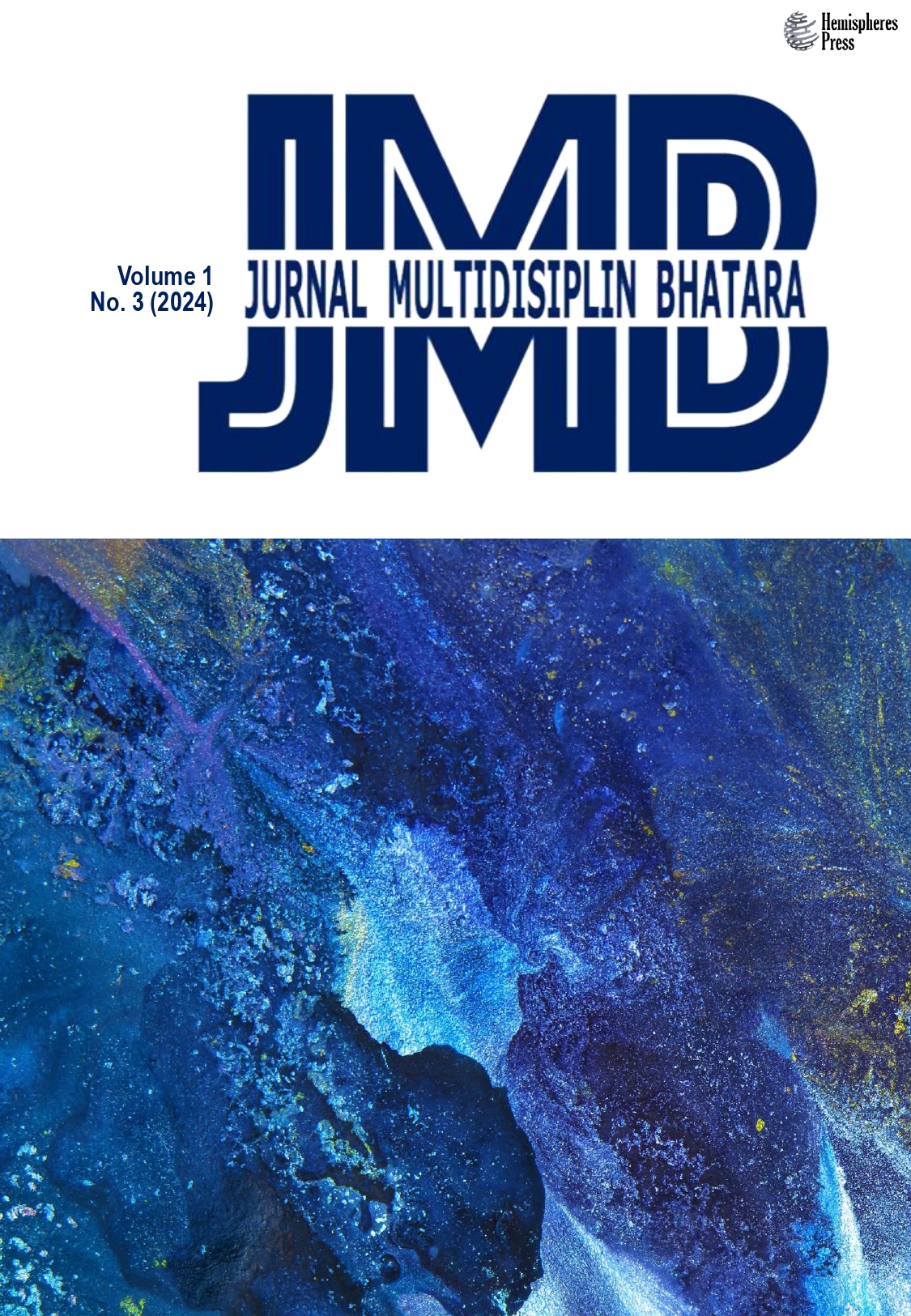Integrasi Augmentasi Data dan Machine Learning dalam Prediksi Magnitudo Gempa Bumi
Analisis dengan Random Forest Regressor dan Visualisasi Geospasial
DOI:
https://doi.org/10.59095/jmb.v2i3.233Keywords:
Data Augmentation, Earthquake, Magnitude Prediction, Random Forest Regressor, USGS, Data VisualizationAbstract
This research aims to enhance the accuracy of earthquake magnitude prediction through an integration of data augmentation techniques and machine learning based on the Random Forest Regressor, supported by geospatial visualization for in-depth analysis. The dataset used originates from the USGS (United States Geological Survey) in CSV format, encompassing over a thousand global earthquake events within one month, with seismic parameters such as location (latitude, longitude), depth, magnitude, and recording quality. In the context of imbalanced data—dominated by small earthquakes and rare large ones—a data augmentation technique based on noise injection into spatial features (latitude, longitude) and depth was applied, resulting in a dataset five times larger than the original. Evaluation results demonstrate significant improvement in model performance: MAE decreased from 0.2467 to 0.1046 (a 57.6% reduction), RMSE dropped from 0.3499 to 0.1868 (a 46.6% decrease), MSE reduced from 0.1225 to 0.0349 (a 71.5% reduction), and R² increased from 0.9493 to 0.9817. These improvements confirm that data augmentation not only reduces overfitting but also strengthens the model’s ability to predict large-magnitude earthquakes—classes most critical for disaster mitigation. Geospatial visualization displays the spatiotemporal distribution of earthquakes, identifying active seismic hotspots in regions such as the Pacific Ring of Fire, California, Alaska, and Indonesia. This research proves that data augmentation is not merely a supplementary technique but a crucial strategy to enhance model generalization and predictive performance, particularly for rare yet high-impact seismic events. The findings offer significant scientific and practical contributions to seismic hazard mitigation and risk mapping, with potential applications in early warning systems and real-time disaster response.







